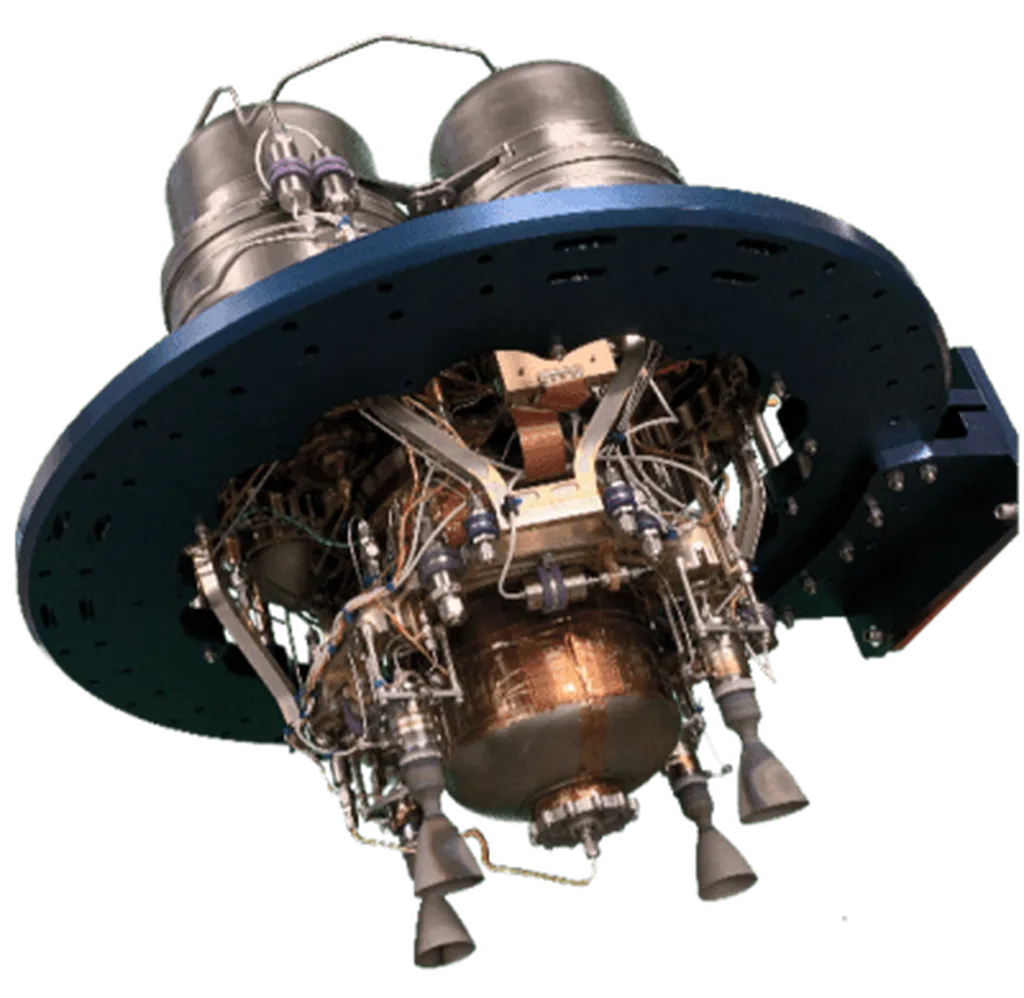In a significant stride toward more efficient carbon capture and utilization, researchers have developed a novel dual functional material (DFM) that could revolutionize the energy sector’s approach to reducing CO2 emissions. The study, led by Hao Wang from the Hunan Engineering Research Center of Clean and Low-Carbon Energy Technology at Central South University, and affiliated with Shanghai Jiao Tong University, was recently published in the journal “Carbon Capture Science and Technology.”
The team’s innovation lies in their Ni and Ce co-modified Fe-Mn-Ca DFMs, which enable high CO2 conversion and CO yield under near-equimolar H2/CO2 conditions. This breakthrough addresses a critical limitation of existing Ca-based DFMs, which typically require a high H2/CO2 ratio to function effectively. “Our findings establish a material foundation for ICCU systems targeting CO production in a serial dual-fluidized bed reactor,” Wang stated, highlighting the potential industrial applications of their research.
The implications for the energy sector are substantial. Current methods for CO2 capture and conversion often face economic and efficiency challenges, particularly when dealing with the low H2/CO2 ratios prevalent in many industrial processes. The new DFMs developed by Wang and his team offer a promising solution, achieving 61% CO2 conversion and 100% CO selectivity at a H2/CO2 ratio of 1:1. This efficiency was maintained over 10 consecutive cycles, with only 18% decay, demonstrating the material’s robustness and potential for long-term use.
The study also provides mechanistic insights into the cyclic CO2 adsorption and hydrogenation processes, attributing the effective formation of formate intermediates to the production of CO from adsorbed CO2 under near-equimolar conditions. This understanding could pave the way for further optimizations and advancements in the field.
Comparative performance analysis and enhancement mechanisms discussed in the research offer a comprehensive view of the material’s advantages. The findings not only highlight the immediate benefits for CO production but also suggest broader applications in integrated carbon capture and utilization (ICCU) systems. As the energy sector seeks sustainable and economically viable strategies to reduce CO2 emissions, this research provides a crucial stepping stone toward achieving these goals.
The study’s publication in “Carbon Capture Science and Technology” underscores its relevance and potential impact on the scientific community and industry professionals. By addressing the challenges of low H2/CO2 ratios and demonstrating the effectiveness of their DFMs, Wang and his team have set a new benchmark for future developments in carbon capture and utilization technologies. Their work not only advances the scientific understanding of these processes but also offers practical solutions that could shape the future of the energy sector.

